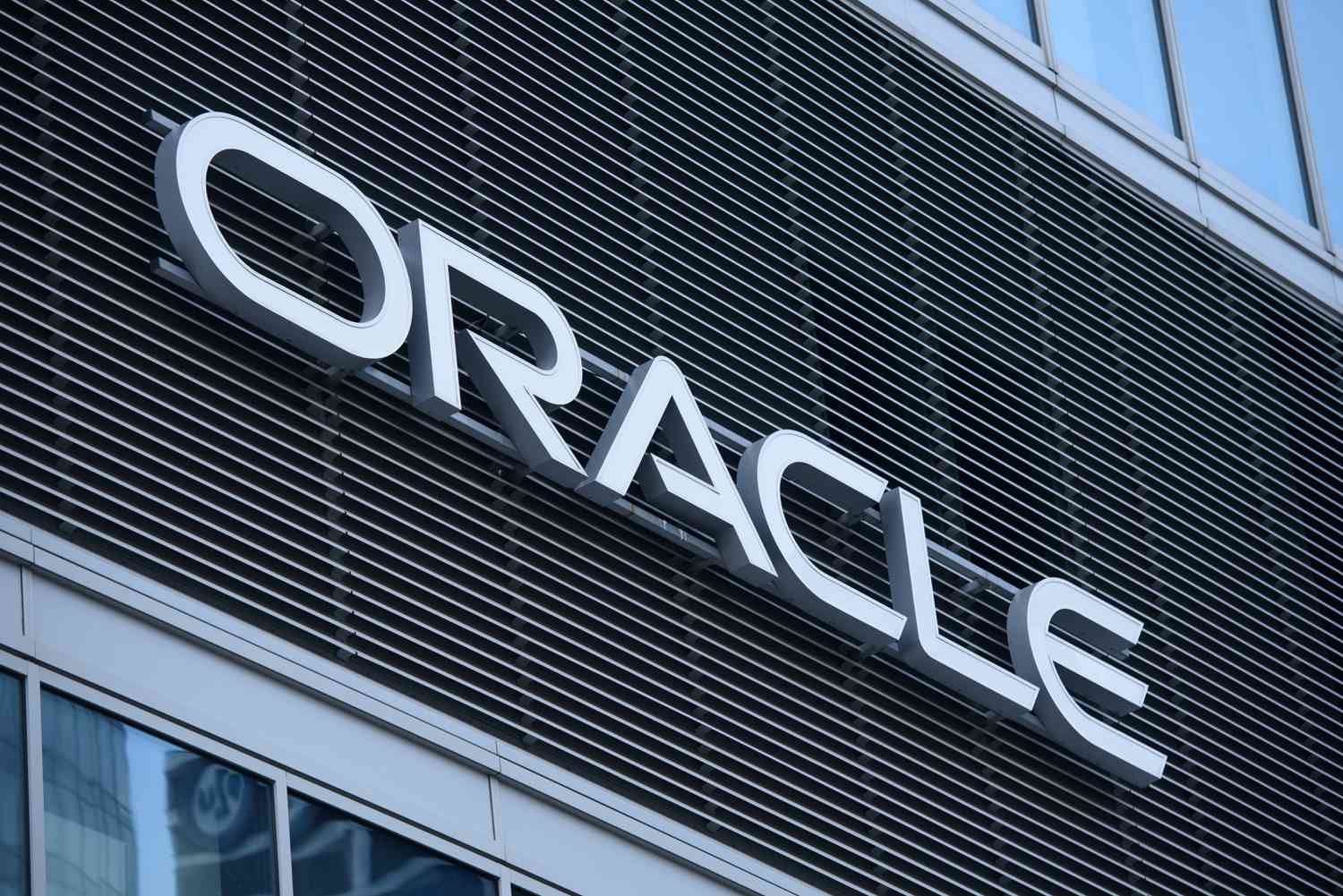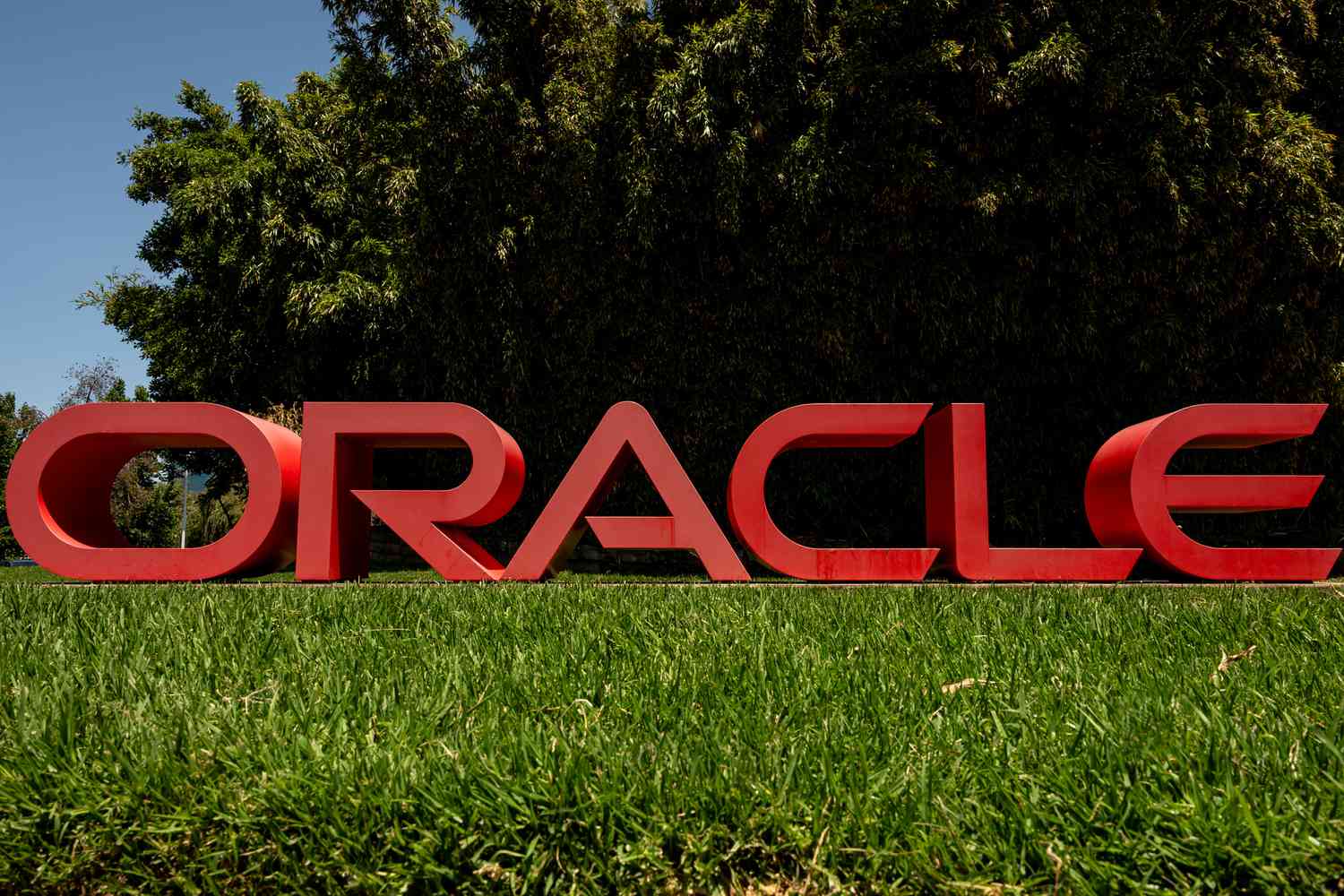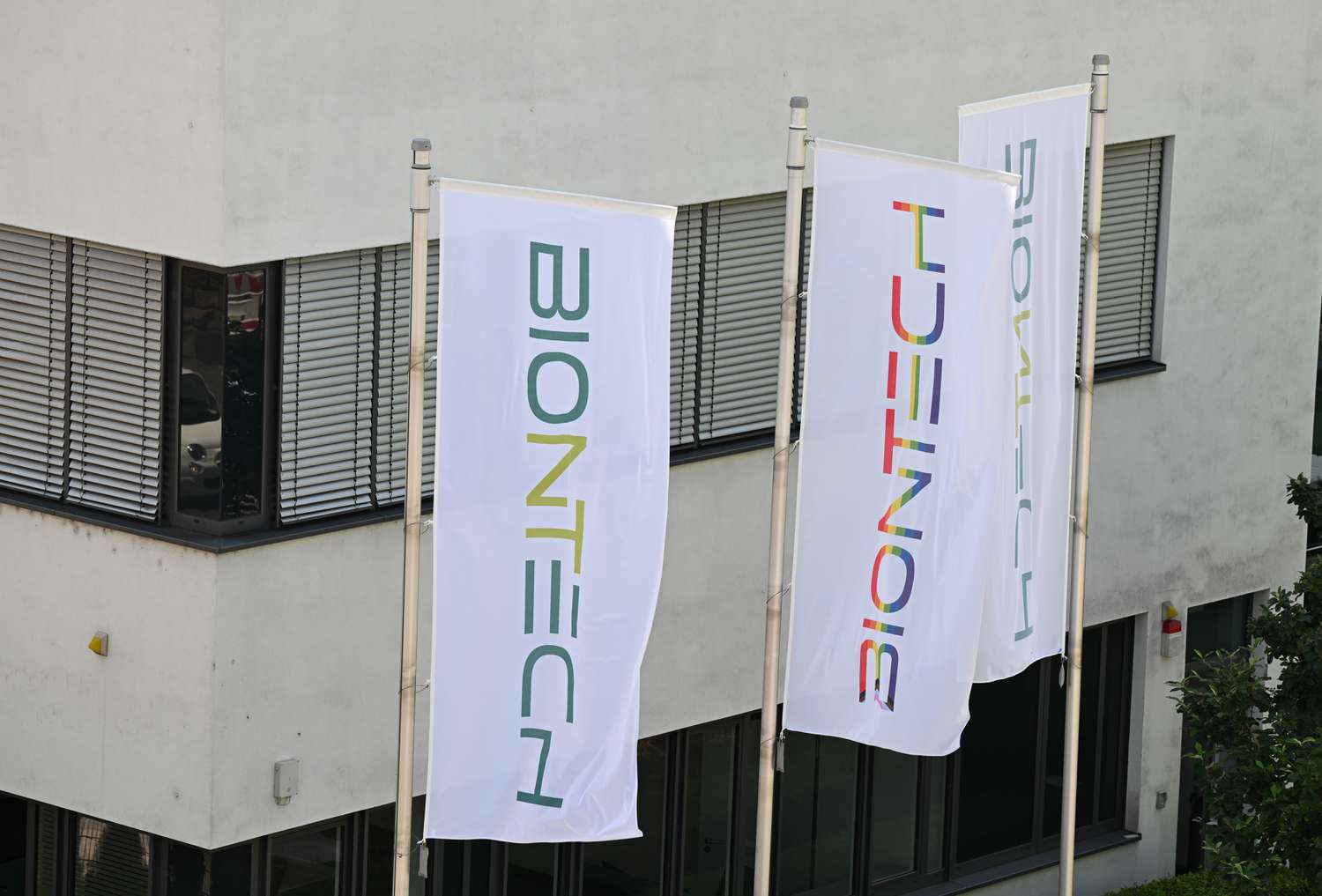Why You Can’t Find an Affordable House in the Suburbs Anymore


While the suburbs have long been a place where families can stretch out into bigger, more affordable homes compared to urban areas, many middle-class buyers now find themselves priced out of buying in the suburbs.
What’s driving these trends? Factors such as tight housing inventory, an overall rise in real estate prices in recent years, and shifting demand patterns have caused many suburban markets to heat up across the country. When comparing price-per-square foot, the suburbs are more expensive in 53% of the 100 largest metro areas in the U.S., and 65% of these suburban areas are more expensive on an overall basis, due in part to larger homes in the suburbs versus cities, according to Realtor.com listing data.
However, that doesn’t mean you’re out of luck if you’re looking for a suburban home. Here, we’ll examine what’s driving this affordability challenge and how you can better navigate it.
Key Takeaways
- Suburban housing prices have climbed steeply due to factors like pandemic-era migration and limited housing supply.
- Many buyers seek the extra space and family-friendly features of suburbs, but higher prices and higher mortgage rates now make that difficult for middle-class buyers.
- While options still exist, finding an affordable suburban home often involves making significant trade-offs, like in home size, location, or condition.
The Suburbs Became the New Hot Market
A big reason behind this affordability issue is that the pandemic helped advance what was already a shifting trend, such as with many Millennials starting families. During the early days of Covid, many city dwellers found themselves working remotely in cramped apartments, so they decided to spread out into the suburbs. That trend has continued as more buyers seek advantages often associated with the suburbs, such as good schools and family-friendly spaces.
While the exact trends have varied by market, many metro areas have been seeing faster price growth in the suburbs. For example, many suburbs in the Atlanta, Austin, and Denver real estate markets have seen larger increases than the city limits.
Low Inventory and Construction Bottlenecks
The demand for suburban housing isn’t the only thing driving up prices. The nationwide trend of low housing inventory across different types of markets is also a contributing factor. This inventory issue is multi-dimensional.
For one, the number of listings for sale is often low, such as due to homeowners hanging onto low-interest-rate mortgages that they obtained by moving or refinancing during the early days of the pandemic.
Another issue is that new construction has been slow, which also limits inventory. Issues like high material costs amidst inflation and tariffs, labor shortages, and other challenges like zoning approvals have led to a limited supply of new homes.
Note
Many builders focus on higher-margin homes that might not be right for those looking for a starter home, which limits the supply for middle-class families shopping in the suburbs.
Affordability Squeezed by Mortgage Rates and Cost of Living
While previously low mortgage rates have kept many homeowners in place, those looking to move now face an additional challenge of significantly higher mortgage rates. Instead of the sub-3% rates in parts of 2020 and 2021, homebuyers now face mortgage rates of nearly 7% for a 30-year mortgage.
Those higher rates, combined with rising prices and continued inflation, create an affordability crunch. Although wages have gone up, income growth has not kept pace with housing inflation.
Plus, many desirable areas have seen big increases in additional housing costs that you might not consider when first looking for homes. For example, insurance costs have been rising almost everywhere in the U.S., with one-third of U.S. ZIP codes seeing a 30% increase in home insurance prices from 2021-2024.
What Buyers Can Do Now
All of these factors are making it difficult for young families or other first-time buyers to afford a home. If you don’t already own a home, then you’re not necessarily benefiting from the rise in housing prices, making it difficult to save up enough for a down payment and afford monthly mortgage payments. However, there are some steps you can take to overcome these cost challenges, such as:
- Moving further out, especially if you work remotely and don’t need access to an urban job market, or if you’re willing to do a much longer commute.
- Looking for homebuying assistance programs, such as those that help cover down payments for first-time buyers.
- Buying fixer-uppers, where you’re willing to put in sweat equity to get the house up to the level you’re looking for.
- Renting longer or indefinitely — buying isn’t the right choice for everyone, and sometimes renting is cheaper, considering all the extra costs of homeownership. You can find online calculators to see if you’d likely come out ahead renting versus buying.
- Co-buying with family or friends, although be aware of the complexity this can add.
- Getting pre-approved and working with experienced agents and mortgage brokers, as part of the right team, can help you clearly understand what you qualify for and what’s realistic. However, keep in mind that these professionals have an incentive to sell to you, so you also might want external advice, such as from a financial advisor.
The Bottom Line: The Suburban Dream Isn’t Dead—But It’s Changing
Although affordability has become more challenging in the suburbs, that doesn’t mean moving out of the city is impossible. However, buyers might have to shift their expectations, such as buying in different areas than they assumed or choosing a smaller home than they’d ideally like. If you’re strategic in your search, do your homework, and keep an open mind, buying a home in the suburbs is still possible.

















